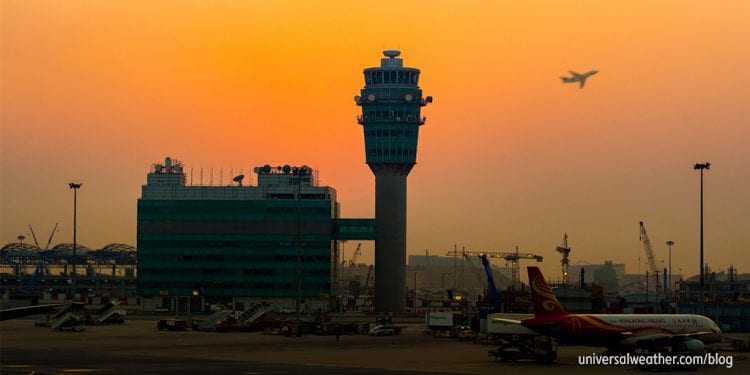Bizav pilots asked to decrease runway occupancy time for arrivals at VHHH

During its ongoing flow control efforts, Hong Kong Civil Aviation Department (HKCAD) recently observed a documented difference in runway occupancy time for arrivals (ROTA) between commercial and business/GA operators. According to CAD, despite accounting for only 1.6 percent of the total aircraft movements at the VHHH, the number of cases of go-arounds due to runway occupied by the preceding GA/BA arrival late in vacating the runway accounted for a much greater percentage of all go-arounds at the VHHH. As go-arounds impact safety and efficient operations, HKCAD would like to raise awareness on this issue. Education on the impact of unnecessarily long ROTA times will ensure unavoidable delays are reduced, leading to more efficient services at VHHH.
As members of the business aviation industry, it is vital that we do our part to help eliminate congestion. This will not only help improve operating conditions at VHHH, but will be beneficial moving forward as we work with HKCAD to enhance business aviation access and flexibility. Working with the Asian Business Aviation Association (AsBAA) and the International Business Aviation Council (IBAC), HKCAD is working to educate business operators of the steps they can take to reduce their ROTA and improve the situation.
Below is what you need to know about this issue:
1. The issue long ROTA creates
Commercial carriers’ ROTA average 50.7 seconds and business aircraft operators’ ROTA average of 54.6 seconds, with a high for business aircraft operators of 80 seconds.
The result is that the following aircraft must go around and spend an extra 20 minutes flying time to come back for another landing, causing extra fuel burnt and using up one additional slot.
This also unnecessarily added to the ATC workload as well as delay to other airport users (due to the snowball effect).
2. HKCAD’s suggestions for pilots
Without compromising the safe operation of aircraft, pilots of GA/BA aircraft should consider minimizing braking to reduce the deceleration rate on the landing roll so as to be able to vacate the runway expeditiously via the first available RET (Brake-to-vacate Procedure).
The design of RET allows for exit speed of approximately 50 knots for all weather operations. (Note: 50 knots is for dry runway surface; slight adjustment if the runway surface is wet.)
Pilots should ensure familiarity with VHHH aerodrome layout including the ground lighting system, particularly in respect of the location of the first RET for each runway.
For more information on specific VHHH runways, click here.
Conclusion
While no operator should increase risk from rushing, appropriate pre-briefing of the flight path as it relates to the rollout and runway exit may improve ROTA without increasing risk in this context.
Keep in mind flight-path management begins and ends in the chocks. Detailed briefings in low-risk phases of flight can identify expected threats and allow the flight crew to better mitigate unexpected hazards, including, in this case, missing a planned turn-off.
By implementing the recommendations by CAD, AsBAA and IBAC, business aviation operators should be able to safely achieve the 50-second ROTA benchmark figure that is required to maximize runway utilization and reduce arrival delays to all aircraft.




